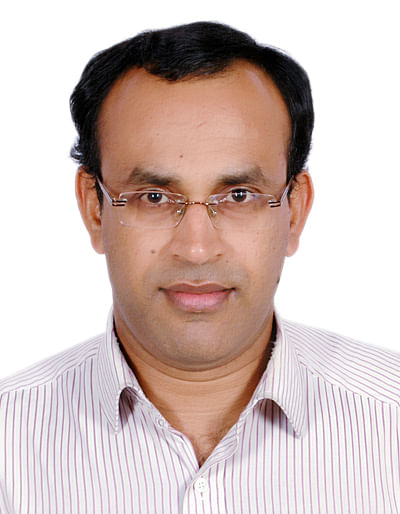Greening of rural Andhra Pradesh

Barren lands have given way to lush green fields and water in village wells no longer dries up during the peak of summer with children wailing for few morsels of food are now distant memories. Welcome to Kothapally village in Ranga Reddy district of Andhra Pradesh, where desperation has given way to hope, thanks to a magic wand called water harvesting.
Meet 35-year-old Suvarna, who had to migrate to the city every year along with her children in search of work as the yield in her one acre land was not enough to feed her family. Even the extra income that her auto rickshaw driver husband earned could not substantiate the family income and Suvarna had to send her three children to work. But now things have changed as she was able to grow three crops in her small plot of land and in the process save Rs 25,000 a year. Luckily Suvarna is not alone in this small village, where people have found new hope to dramatically improve their agricultural practices that results in higher crop yields after implementing the revolutionary watershed programme.
As Kothapally village was surrounded by barren land, the villagers used to grow only one crop a decade ago. Also with the monsoon failing almost every year, the villagers had no way but to migrate to cities in search of work or indulge in distress sales of their agricultural lands. But now with the availability of more water for the fields the land has become a virtual goldmine and yields three crops per year.
The watershed programme launched by the Andhra Pradesh Government in this village, which involved construction of 15 check dams, has totally transformed the agriculture scene here.
The saga of failed bore wells that Ranga Reddy district faced continued till the village was covered by this programme, a major component of which was the conservation of rain water through a combination of low-cost harvesting structures.
The watershed programme in Andhra Pradesh has been successfully implemented in 4,741 villages. It is under way in another 4,560 villages of the 22 semi-arid districts identified in the state. Watershed development refers to conservation, regeneration and judicious use of all available natural resources.
It involves treatment of water from the highest point (ridge) to a valley. Rain water is allowed to flow down the ridge through soil bunds and is collected at different stages by building low-cost check dams, sunken pits, percolation tanks and farm ponds.
But the whole process requires community mobilisation - something that is easier said than done. Convincing the villagers is the most difficult part. In many villages, we had to abandon the programme with villagers rejecting the programme outrightly said Kishan Das, Joint Commissioner, state rural development department of Andhra Pradesh Government.
To begin with, the villagers need to enter into a Memorandum of Understanding and show willingness for community action towards conservation of natural resources. They need to agree to give up portions of their land to be used by the entire community to build check dams, sunken pits, percolation tanks, etc. The villagers have to form water management committees which they have to manage.
According to the farmers, the yield per acre before the integrated watershed development programme was just 4-5 quintals. It has now increased to 10-11 quintals. Moreover, due to the availability of adequate fodder, the 100 odd families are able to supplement their agricultural incomes through earnings from animal husbandry.
Whether the programme would run successfully, even after withdrawal of the government intervention is a moot question. So far, the village community has the support of government agencies. "We are hopeful that things will be smooth even after we withdraw as everything is managed by the community," said K Vidyasagar, Special Commissioner, Rural Development, Andhra Pradesh.
Deccan Herald is on WhatsApp Channels| Join now for Breaking News & Editor's Picks
